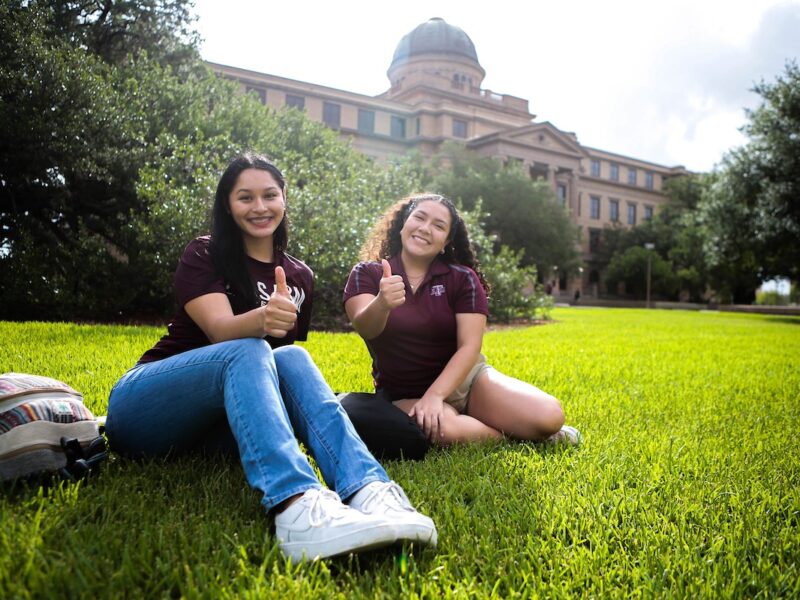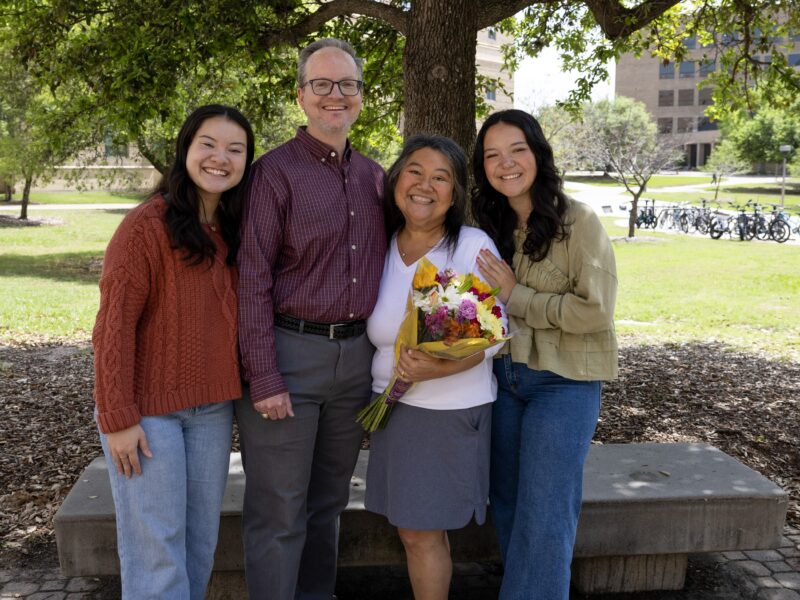Texas schools are attempting to solve problems associated with science, technology, engineering and mathematics (STEM) teaching and learning.
For two faculty members in the Department of Teaching, Learning and Culture in the College of Education and Human Development at Texas A&M University, that’s where project-based learning (PBL) — a teaching method that gives students the freedom to find unique ways to solve problems — comes in.
From online professional development for teachers to a book designed to help them provide contextualized learning for their students, Professors of Mathematics Education Robert and Mary Margaret Capraro are helping to change classroom instruction for students and educators in Texas with STEM-focused PBL. Students engage in critical and creative thinking while working mathematically, scientifically and technologically to solve problems presented to them.
“We can’t expect teachers to just do this on their own – they don’t have enough planning time,” Mary Margaret Capraro said. “They need the professional development to work together with others to adapt a project for their classrooms.”
The Capraros’ research examines STEM teachers at several high schools in Texas who participated in professional development and the development of professional learning communities on their campuses.
“We found that the math content that required the most work – issues of geometry, measurement, probability and statistics – tended to have the greatest gains,” Robert Capraro said. “As the content got more difficult, using PBL had greater effects on the outcomes than traditional classroom instruction.”
Based on interviews with teachers involved, one of the most positive effects of implementing the teaching method was increased student engagement. Teachers reported that the real-world problems made learning more meaningful to the students.
However, teachers also reported challenges. For some, their students did not have the knowledge or skills to complete the PBLs because they were already behind where they should be mathematically.
“We encourage them to work and plan together,” Robert Capraro said. “If they’re doing a project in one area, say math, then the science teacher can add to it, and then the engineering teacher can add to it, and technology can add to it. Planning is key.”
The Aggie STEM team gathered feedback from teachers involved in the professional development to continue their research about the benefits of STEM PBL in classrooms in Texas.
Funding from the Texas Education Agency helped the Capraros to develop one of seven STEM centers in the state at Texas A&M. The center is a partnership between the College of Education and Human Development, and the College of Engineering. Through Aggie STEM, the Capraros are able to offer online professional development in STEM PBL and many other concentrations.
“We had an idea that we were going to improve scores in Texas,” said Robert Capraro, who is also the director of the Aggie STEM Center at Texas A&M. “We wanted to make a difference, [so] we approached a state legislator and made a pitch and got one year of funding.”
After working with Dallas ISD for a year, research showed measurable gains for the target populations, and that success led to a second and third year of funding. After the third year, the researchers earned grants to sustain their program.
###
Media contact: Ashley Green, education and human development communications specialist, at 979-458-1334 or a_green@tamu.edu; or Elena Watts, marketing and communications specialist, at 979-458-8412 or elenaw@tamu.edu.






